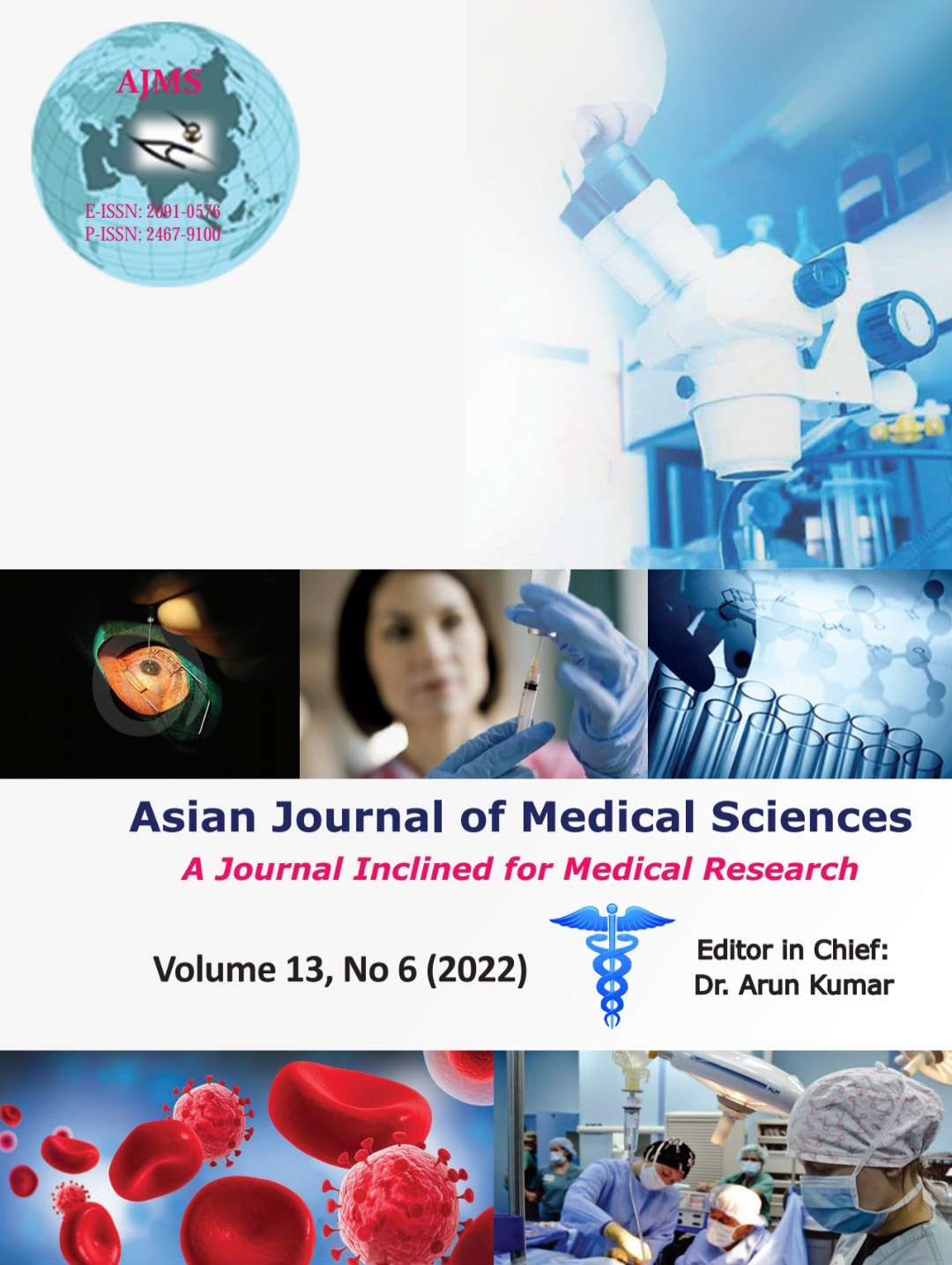Effect of pre-treatment with rocuronium and vecuronium on post succinylcholine fasciculations, serum potassium, and postoperative myalgia: A prospective, randomized, double-blind study
Keywords:
Fasciculations, Myalgia, Potassium, Pre-treatment, Rocuronium, VecuroniumAbstract
Background: Succinylcholine with quick onset, ultra short duration of action, and complete predictable paralysis has been the best drug for endotracheal intubation but the occurrence of side effects such as muscle fasciculations, postoperative myalgia, rise in serum potassium levels and myoglobinuria limits its use in the full stomach, burns, massive trauma, metabolic acidosis, and few myopathies. For attenuation of these effects, many drugs have been studied but pre-treatment with non-depolarizing muscle relaxant found to be successful.
Aims and Objectives: This study was designed to assess the effect of Rocuronium and Vecuronium pre-treatment on post-succinylcholine fasciculations, rise in serum potassium levels, and postoperative myalgia.
Materials and Methods: 100 patients between the age of 20–50 years of either sex (American Society of Anaesthesiologists grade I and II) undergoing general anesthesia for various surgical procedures were randomly allocated into two groups according to pre-treatment with Rocuronium (Group R) and Vecuronium (Group V) before Succinylcholine administration. After Succinylcholine administration severity of fasciculations, rise in serum potassium after 5 min and myalgia on postoperative days 1, 2, and 3 were recorded.
Results: About 74% patients had no fasciculation in Group R as compared to 36% in group V. Statistically insignificant (P>0.05) rise in serum potassium level was observed in both groups. Higher number of patients had mild-to-moderate degree of myalgia with Vecuronium on postoperative days 2 and 3.
Conclusion: Pre-treatment with Rocuronium before Succinylcholine provided better attenuation of post-succinylcholine muscle fasciculations, postoperative myalgia with statistically insignificant rise in serum potassium levels.
Downloads
Downloads
Published
How to Cite
Issue
Section
License
Copyright (c) 2022 Asian Journal of Medical Sciences

This work is licensed under a Creative Commons Attribution-NonCommercial 4.0 International License.
Authors who publish with this journal agree to the following terms:
- The journal holds copyright and publishes the work under a Creative Commons CC-BY-NC license that permits use, distribution and reprduction in any medium, provided the original work is properly cited and is not used for commercial purposes. The journal should be recognised as the original publisher of this work.
- Authors are able to enter into separate, additional contractual arrangements for the non-exclusive distribution of the journal's published version of the work (e.g., post it to an institutional repository or publish it in a book), with an acknowledgement of its initial publication in this journal.
- Authors are permitted and encouraged to post their work online (e.g., in institutional repositories or on their website) prior to and during the submission process, as it can lead to productive exchanges, as well as earlier and greater citation of published work (See The Effect of Open Access).




